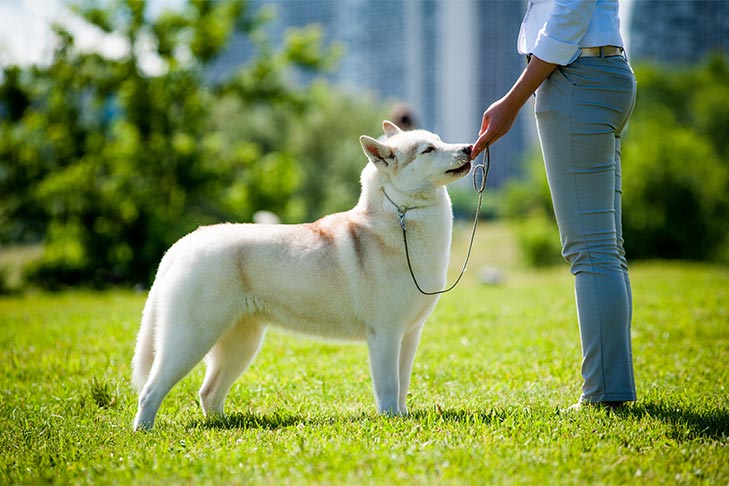
Does your dog seem to know exactly what time his dinner should be ready or how long it takes you to get to the door once you’ve grabbed his leash? Ours does. It almost seems as if he can tell time. Well, science now shows that some animals do, in fact, have a sense of time.
We can conjecture that it’s just habit; of course a dog isn’t reading a clock or holding a stopwatch. But a recent study reveals that animals have neurons in their brain that are activated when the animal is waiting for an expected outcome. They aren’t so much telling time, as judging time.
Researchers at Northwestern University’s Department of Neurobiology found evidence that previously unknown neurons in an animal’s brain are activated when the animal is in waiting mode. The neurons are located in an area of the brain’s temporal lobe where we know that spatial memory is encoded. The study, published in Nature Neuroscience, set out to prove that this area of the brain might also encode time memory.

Surprising Discovery
Researchers used mice running on a treadmill in a virtual reality environment. Each mouse ran along a track until it encountered a virtual closed door. The floor changed texture at this door. After precisely six seconds, the door opened, and the mouse could continue along to receive a reward. After several training runs, the virtual door disappeared, but when the mouse reached the textured floor, he still waited precisely six seconds before continuing to the reward.
Researchers recorded images of the mice’s brain activity during the trial. According to Daniel Dombeck, one of the authors of the study, “as the animals run along the track and get to the invisible door, we see the cells firing that control spatial encoding. Then, when the animal stops at the door, we see those cells turned off and a new set of cells turned on. This was a big surprise and a new discovery.”
We spoke to Dr. Donald E. Hoenig, veterinarian and University of Maine faculty associate, about the study. From reading the abstract and from the fact that the study was published in a peer-reviewed journal, Dr. Hoenig believes the science is legitimate. He does point out “the conclusions cited in the article by the researchers question whether one can extrapolate the work done in mice to dogs.” However, based on what he read, he does think it’s a bit of a breakthrough in our understanding of animals.

Impact on Training
While the study may be a scientific breakthrough, the behavior is something dog owners, veterinarians, and trainers have experienced. Adrienne Kepp, owner of My Dog’s Got Class Dog Training, certified professional dog trainer, and AKC evaluator, explains how this sense of time duration fits into training.
“You always have to mix things up with dogs or they become little robots,” she says. So Kepp tries to counteract that time-telling ability by using variable rewards and reinforcement. She suggests being unpredictable to keep dogs on their toes.
Kepp goes on to use the example of training for competitive obedience. If the trainer knows that the dog will have to perform a three-minute down, she will train the dog with an eight-minute down, five-minute down, etc. If you consistently train for the exact duration, the dog’s brain will fix on that amount of passing time and anticipate it.
It’s important to note that the study does not suggest that animals can instinctively judge time. The mice had to be trained to the track, to the location of the door, and to the amount of time until the door opened. So it is a learned process.
Yes, a great deal of your dog’s behavior is governed by habit and repetition. Whether he’s the alarm clock that gets you out of bed at 6:15 a.m. or the sleepy pup who has decided the family bedtime is 9:30 p.m., it’s not his Apple watch that’s alerting him. And, while habit does seem to be the logical explanation, those habits may turn out to be the result of these surprising neurons that are “telling time” for animals.

